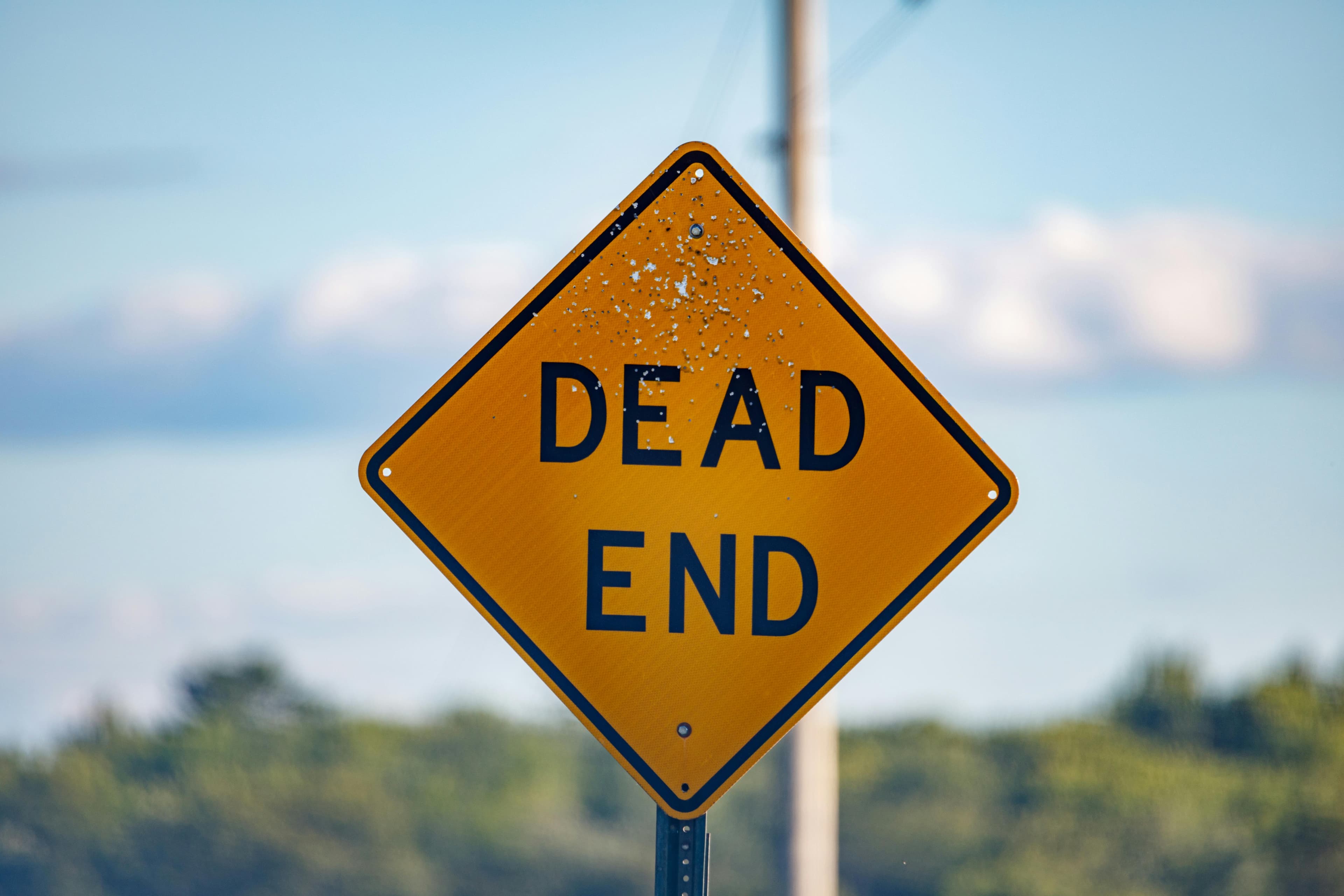
The World’s Most Dangerous Mountains: A Comprehensive Guide to 12 Peaks Where Survival Hangs by a Thread
March 26, 2025
Afrishare Trekking & Safaris
Annapurna (27% death rate), K2 'Savage Mountain,' Everest: Deadly peaks where survival is rare.
Introduction: The Allure and Peril of High-Altitude Climbing
Mountains have long captivated humanity, symbolizing both triumph and tragedy. For climbers, these towering giants represent the ultimate test of skill, endurance, and mental fortitude. Yet, beyond their majestic beauty lies a harsh reality: avalanches, oxygen deprivation, and temperatures as low as -60°C (-76°F). This article delves into the 12 most dangerous mountains on Earth, exploring their histories, challenges, and the stories of those who dared to conquer them.
While Mount Everest is often synonymous with extreme climbing, it is not the deadliest. Factors like technical difficulty, weather unpredictability, and human error elevate lesser-known peaks to infamy. Using climber accounts, mortality statistics, and environmental analyses, we rank these lethal giants—revealing why some summits remain nearly unconquerable.
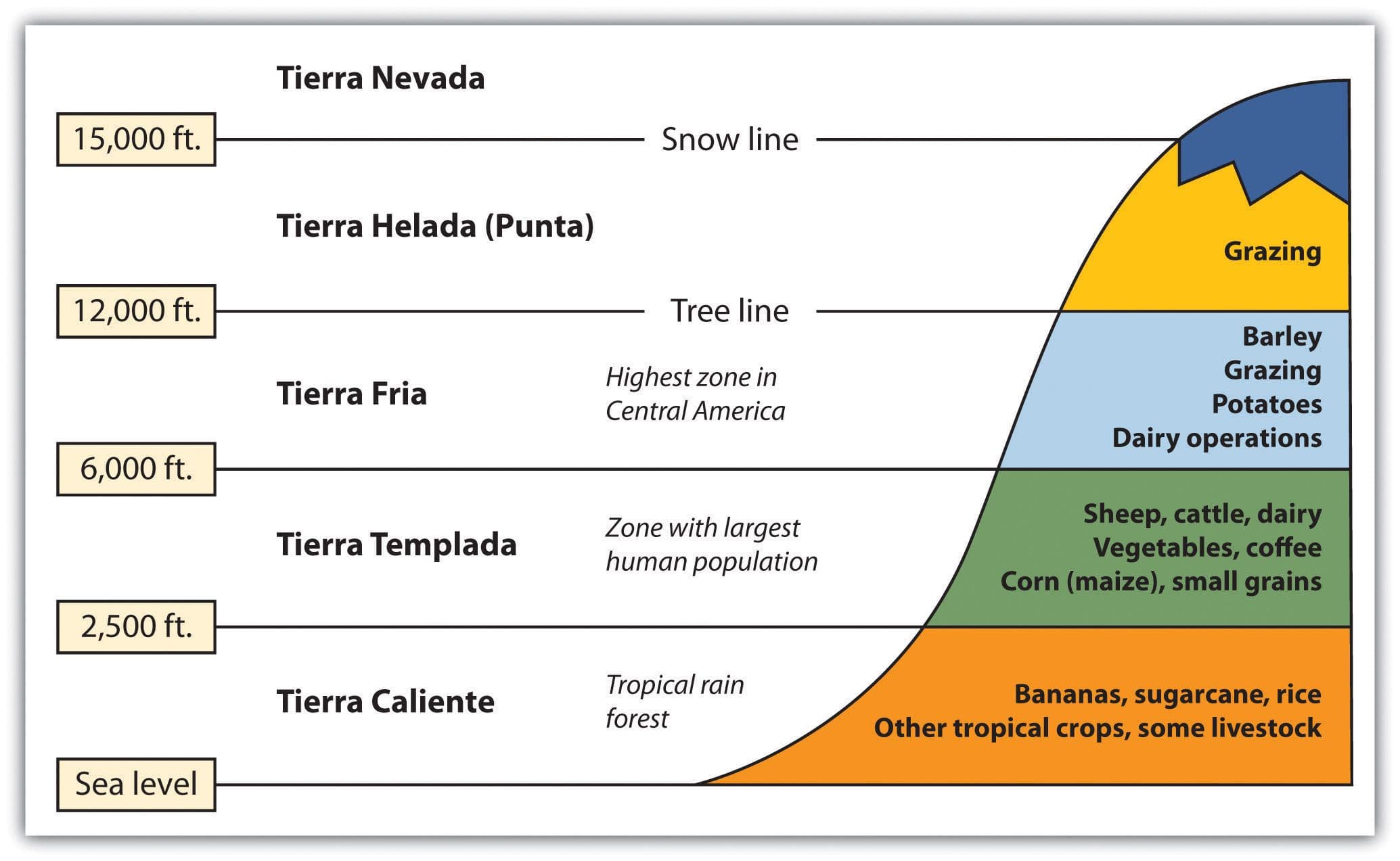
What Makes a Mountain Deadly?
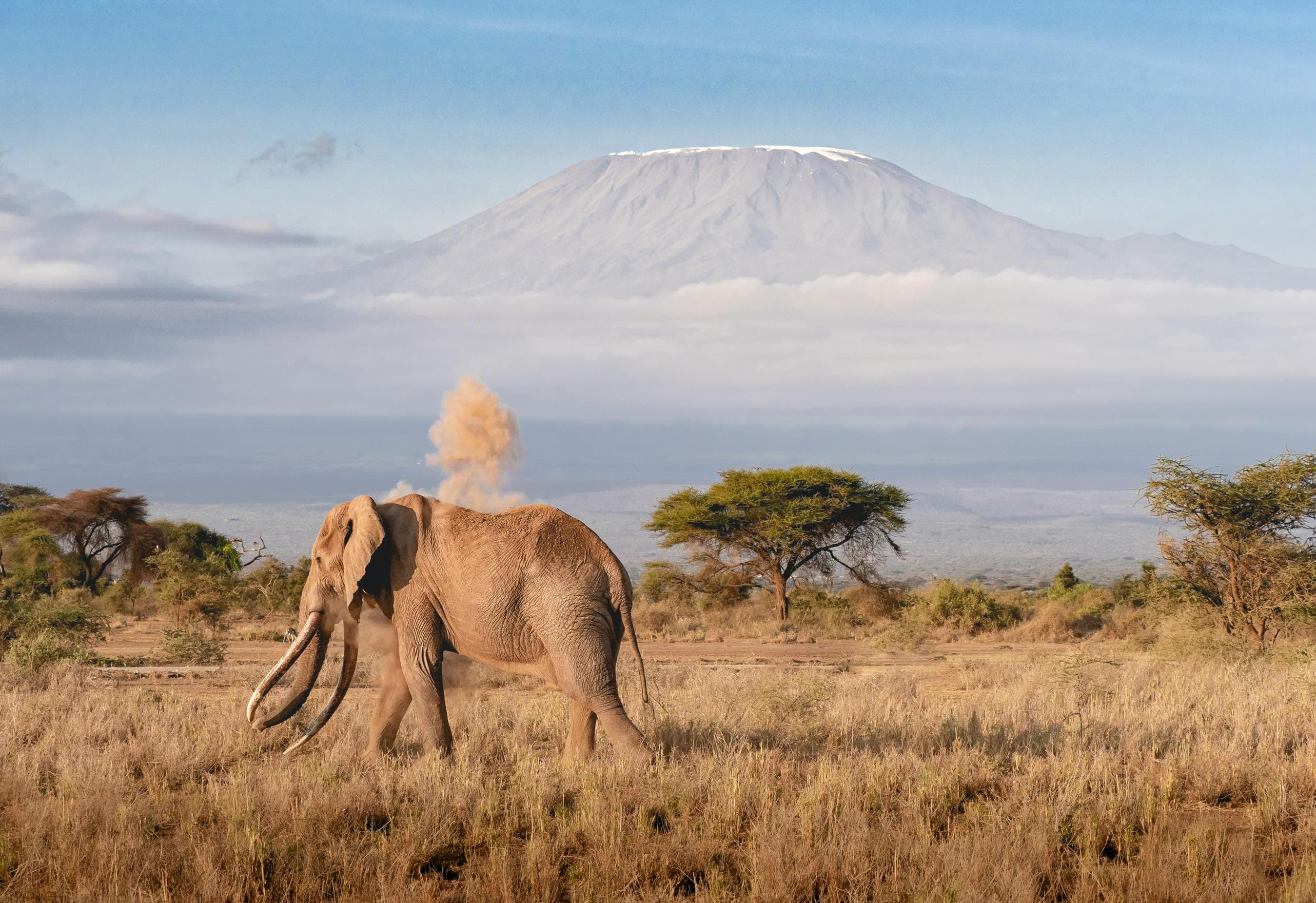
Danger in mountaineering is multifaceted. Height alone doesn’t dictate risk; variables like weather, terrain, and human behavior play pivotal roles. For example:
Mount Kilimanjaro (5,895 meters), Africa’s highest peak, has a near-100% success rate due to its non-technical routes.
Mont Blanc (4,808 meters), Europe’s tallest, sees ~100 annual deaths from overcrowding and rockfalls.
Key Risk Factors
Altitude and the “Death Zone”: Above 8,000 meters, oxygen levels drop to 30%, causing hallucinations, frostbite, and cerebral edema. Prolonged exposure is fatal.
Weather Extremes: Coastal peaks like Cerro Torre face Patagonia’s notorious storms, with winds exceeding 200 km/h (124 mph).
Technical Terrain: Vertical ice walls, overhanging seracs, and unstable snow bridges demand advanced skills.
Human Factors: Overconfidence, inexperience, and commercial expeditions exacerbate risks.
The Top 12 Most Dangerous Mountains to Climb
12. Mount Washington (USA)
Height: 1,916 meters (6,286 ft)
Fatalities: 150+ since 1849
Key Danger: Extreme weather, tourist negligence
Dubbed the “Home of the World’s Worst Weather,” Mount Washington’s modest height belies its ferocity. In 1934, it recorded a wind speed of 372 km/h (231 mph)—a record unbroken for 62 years. The summit’s temperature can plummet to -50°C (-58°F), and sudden snowstorms trap unprepared hikers.
Notable Incidents:
In 2019, a hiker died of hypothermia 300 meters from the summit despite carrying a GPS.
The annual Mount Washington Road Race sees runners battle hail and sub-zero winds.
Why It’s Deadly:
Accessibility: A cable car attracts casual tourists who underestimate the climate.
Microclimate: Colliding Arctic and Gulf Stream air masses create instant whiteouts.
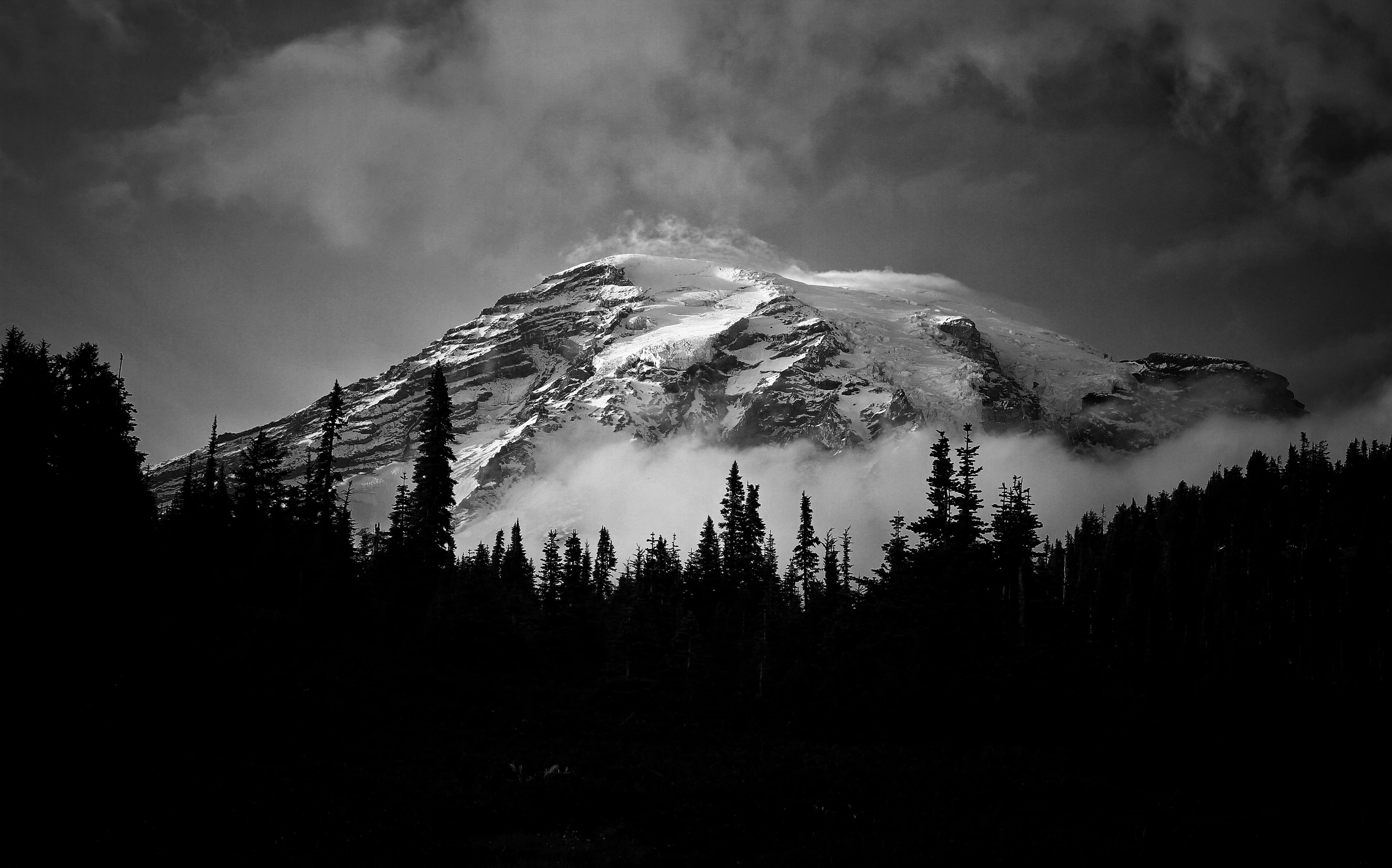
11. Cerro Torre (Argentina)
Height: 3,128 meters (10,262 ft)
Fatalities: Disputed due to sparse records
Key Danger: Vertical ice-covered rock, Patagonian storms
This jagged spire in Argentina’s Los Glaciares National Park is a masterpiece of granite and ice. Its Compressor Route, once littered with bolts, was stripped in 2012 to restore its “natural” difficulty. Climbers face:
Overhanging Ice Mushrooms: Unstable formations that collapse without warning.
Weather Windows: Storms lasting weeks force climbers to wait in precarious ledges.
Historical Controversy:
In 1959, Cesare Maestri claimed the first ascent but provided no proof. Critics argue he fabricated the story after his partner, Toni Egger, died in an avalanche. The debate ignited a 50-year feud in the climbing community.
Modern Challenges:
Ethical Climbing: Purists avoid bolts, opting for free ascents.
Climate Change: Warming temperatures destabilize ice formations.
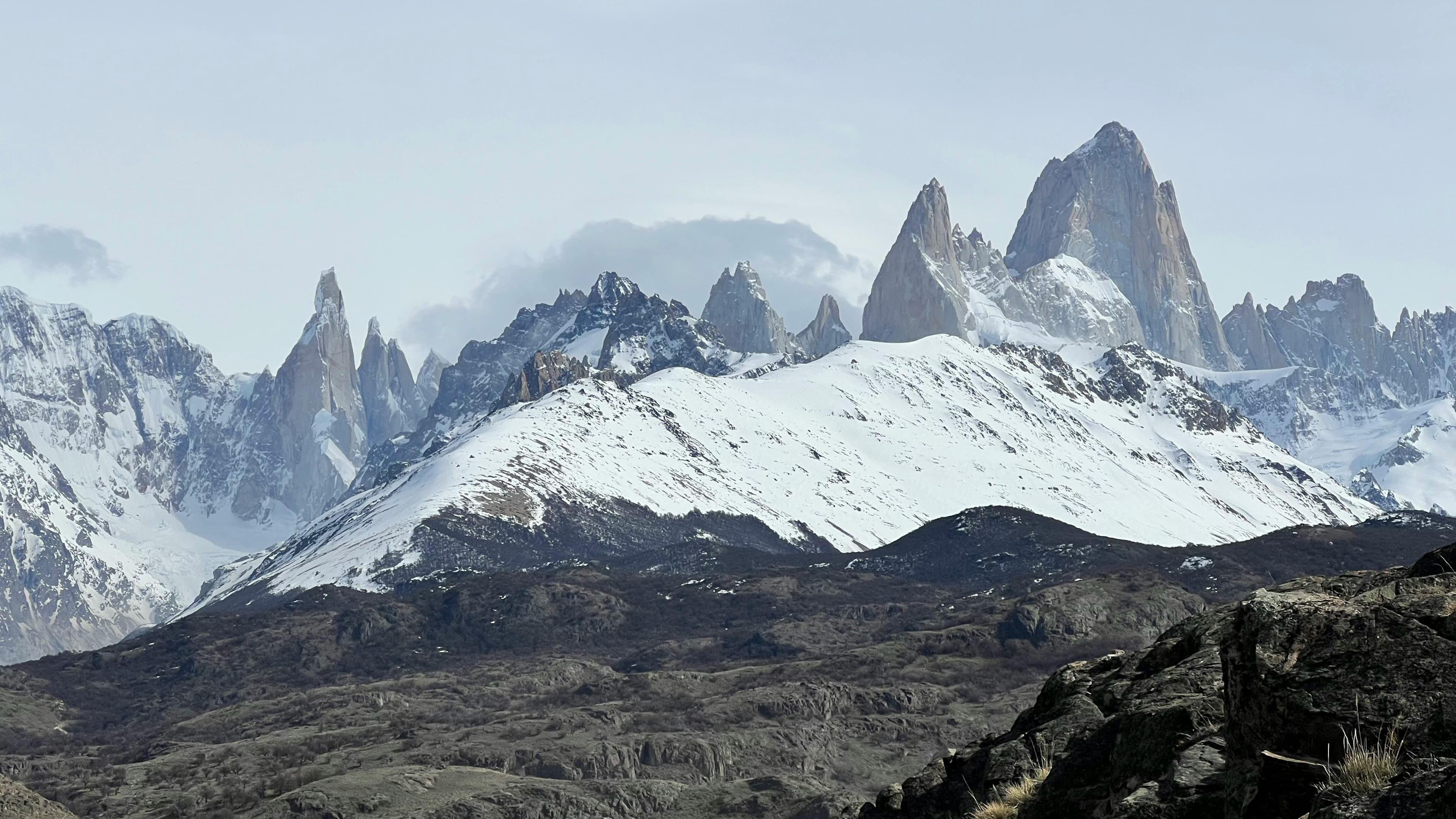
10. Baintha Brakk (Pakistan)
Height: 7,285 meters (23,904 ft)
Fatalities: Low but notorious for injuries
Key Danger: Steep granite, psychological toll
Known as “The Ogre,” this Karakoram peak epitomizes suffering. The 1971 first ascent ended in disaster:
Doug Scott broke both legs during the descent.
Chris Bonington suffered pneumonia and broken ribs.
The duo survived a week-long crawl to base camp, fueled by melted snow and determination. Only three successful ascents exist, all requiring:
Mixed Climbing: Switching between ice axes and rock holds.
Mental Resilience: Isolation and storms test climbers’ sanity.
Legacy:
The Ogre’s Curse: A 2001 expedition lost a member to a falling serac.
Unclimbed Routes: The Southwest Face remains a “last great problem.”
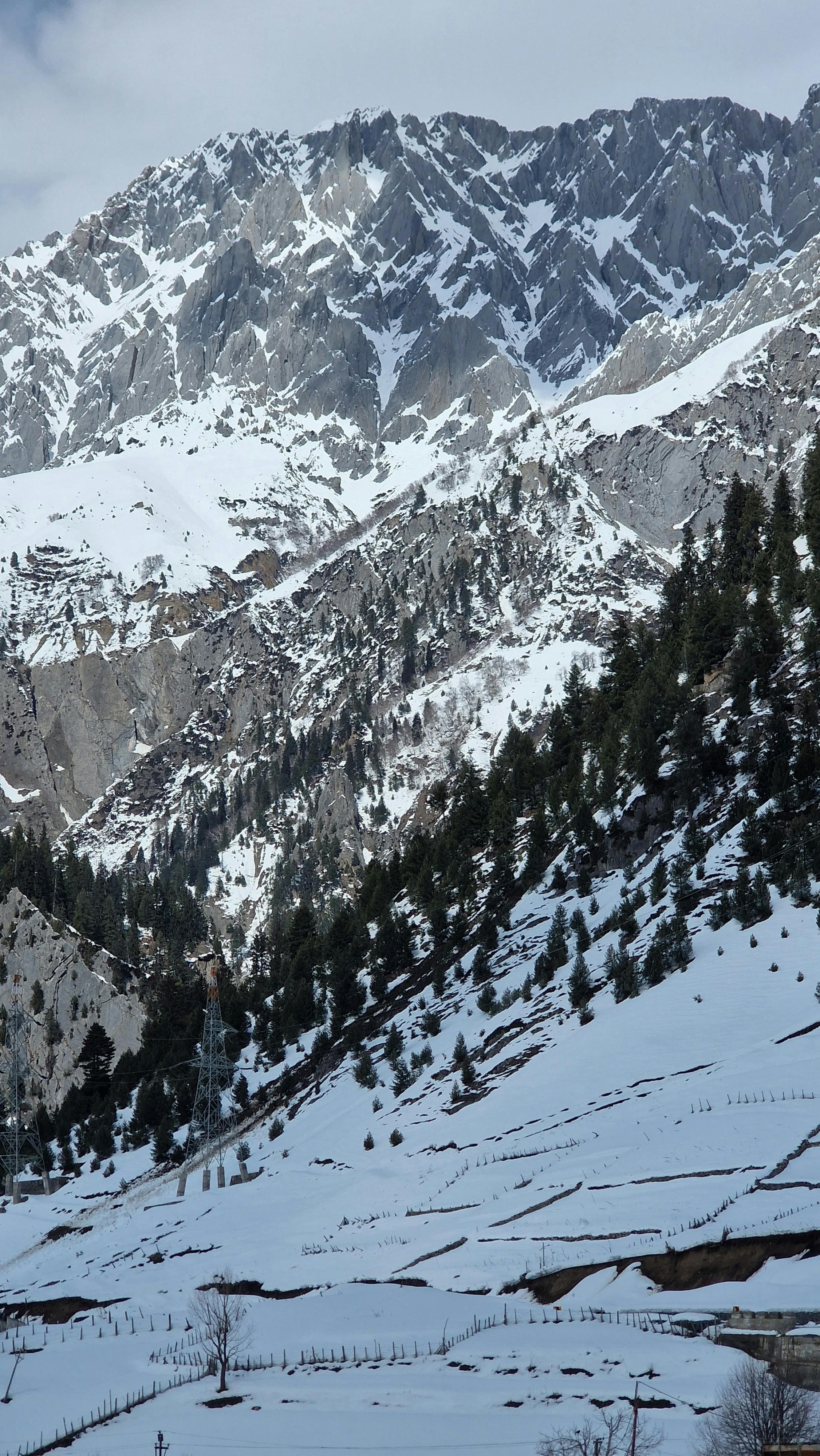
9. Matterhorn (Switzerland/Italy)
Height: 4,478 meters (14,692 ft)
Fatalities: 600+ since 1865
Key Danger: Crowds, falling rocks
The Matterhorn’s pyramidal silhouette is iconic, but its slopes are a graveyard. The 1865 first ascent ended in four deaths when a rope snapped. Today, 3,000+ climbers attempt it yearly, leading to:
Traffic Jams: Congestion on the Hornli Ridge delays ascents, increasing exposure.
Rockfall: Warm summers melt permafrost, dislodging boulders.
Rescue Operations:
Air Zermatt: Helicopters conduct 40+ rescues annually.
Preventive Measures: Fixed ropes and GPS trackers reduce risks.
Cultural Impact:
The Matterhorn inspired Disneyland’s iconic roller coaster.
Local lore claims the mountain is haunted by the ghost of Peter Taugwalder, a guide from the 1865 expedition.
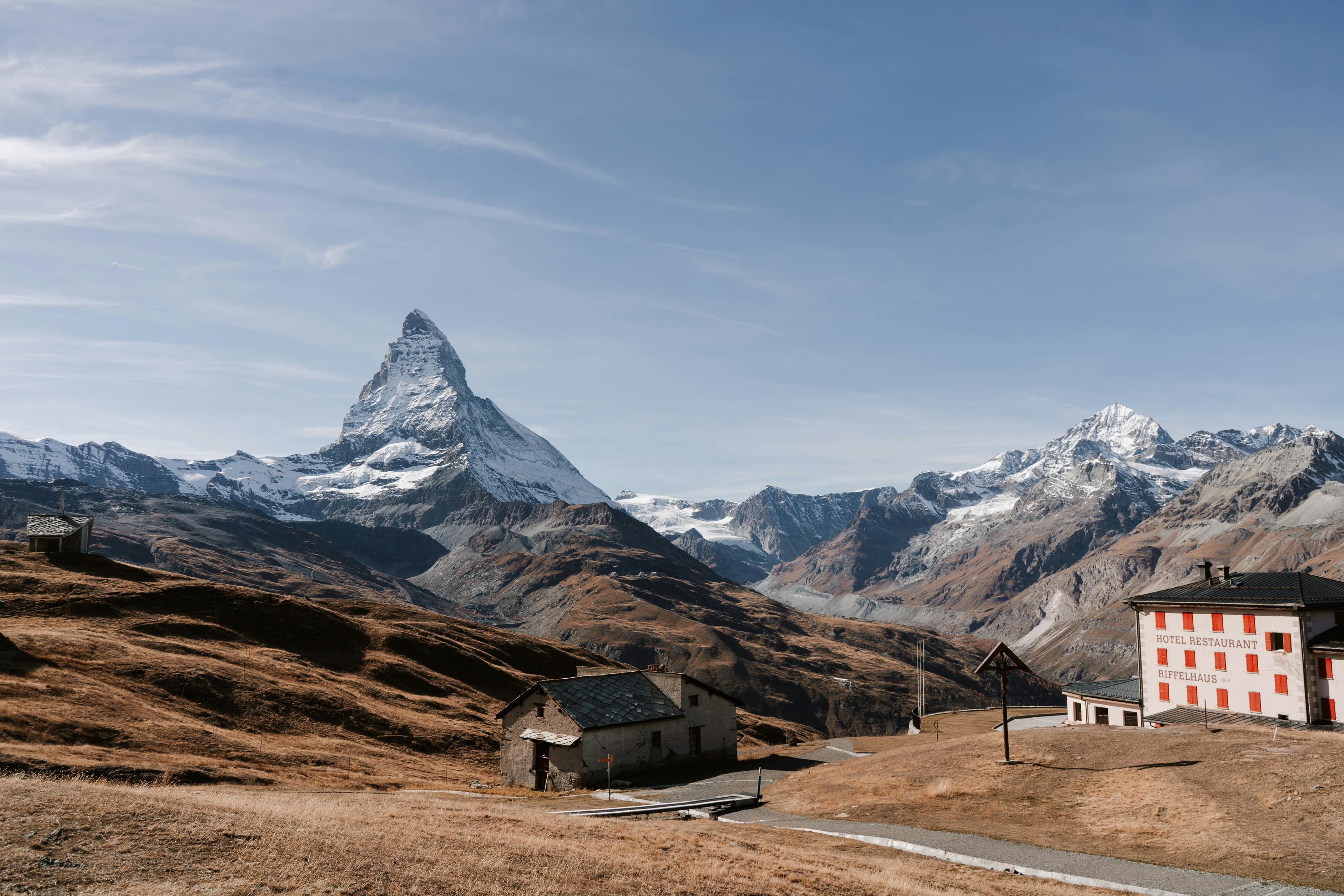
8. Mount Everest (Nepal/China)
Height: 8,848 meters (29,029 ft)
Fatalities: 327+
Key Danger: Overcrowding, altitude sickness
Everest’s reputation as the “Roof of the World” overshadows its commercialization. The 2019 “traffic jam” photo viralized its dangers, but fatalities stem from:
Summit Fever: Climbers ignore frostbite to reach the top.
Oxygen Deprivation: Hallucinations cause poor decision-making.
The Death Zone:
Bodies as Landmarks: “Green Boots” (Tsewang Paljor) marks the North Route.
Ethical Dilemmas: Climbers often pass dying peers to avoid personal risk.
Modern Expeditions:
Cost: $40,000–$90,000 for permits, guides, and gear.
Eco-Initiatives: Clean-up crews remove 12+ tons of waste annually.
For those seeking Everest’s grandeur without the peril, consider the Everest Base Camp Trek.

7. Dhaulagiri (Nepal)
Height: 8,167 meters (26,795 ft)
Fatalities: 70–140
Key Danger: Avalanches, isolation
Dhaulagiri’s name means “White Mountain,” but its slopes are stained red. The 1960 first ascent required airdropped supplies, yet the South Face remains unconquered.
Why Climbers Fail:
Avalanche Risk: The Northeast Ridge funnels snowslides.
Logistical Nightmares: No nearby villages for emergency support.
Notable Attempts:
Reinhold Messner’s 1977 failure due to frostbite.
A 2022 Russian team turned back after a member suffered HAPE (High-Altitude Pulmonary Edema).
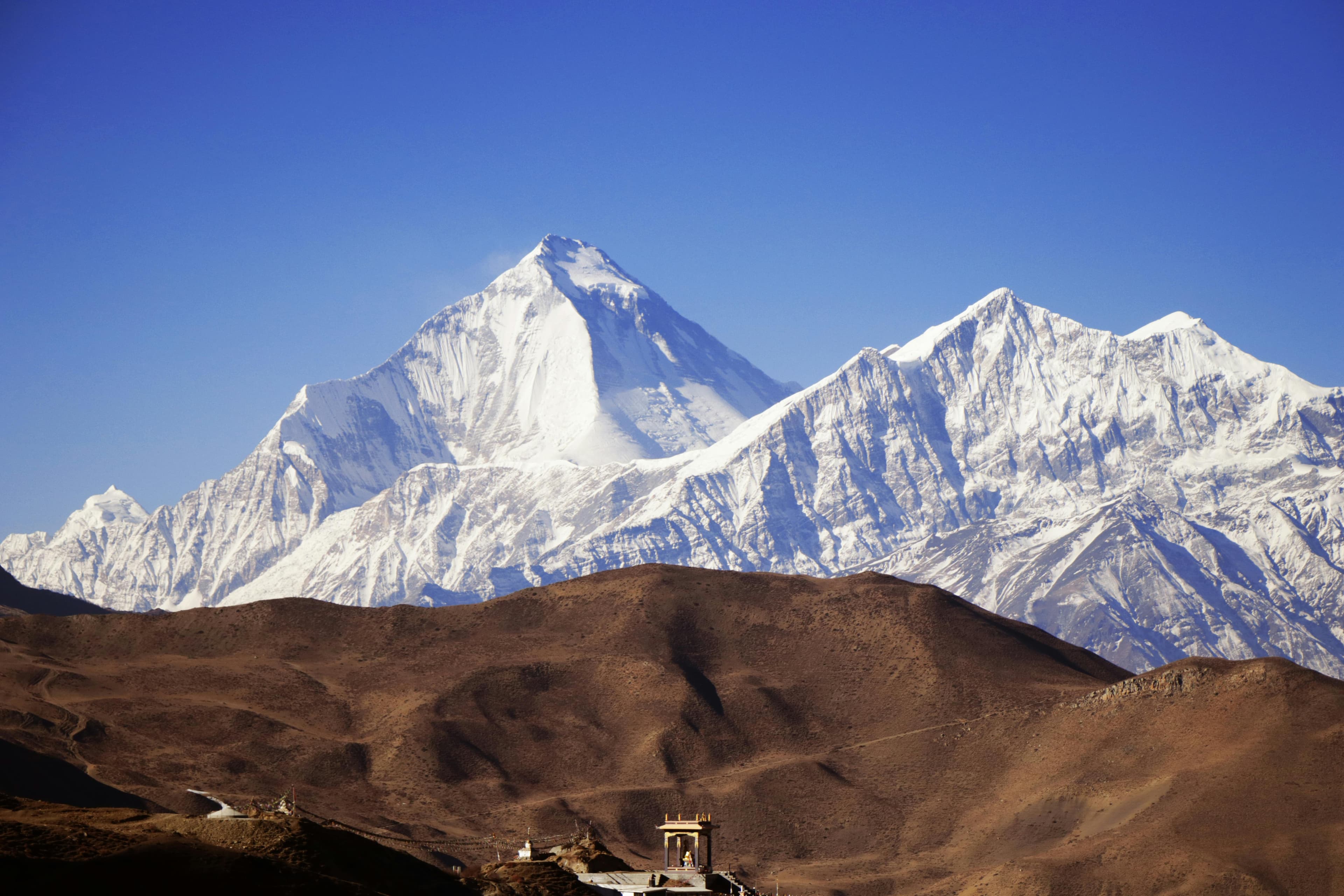
6. Kangchenjunga (India/Nepal)
Height: 8,568 meters (28,169 ft)
Fatalities: 50+
Key Danger: Altitude sickness, vanishing bodies
Kangchenjunga’s name means “Five Treasures of Snow,” but its treasures are deadly. The 2013 disappearance of five climbers—including Hungarian Zsolt Eross—remains unsolved.
Mysteries:
The Yeti Myth: Locals blame the “Snow Man” for vanishings.
Unrecovered Bodies: Thin air and storms prevent retrieval.
Climbing Protocol:
Cultural Respect: Climbers stop short of the summit to honor local beliefs.
Winter Ascents: Only two successful winter climbs exist.
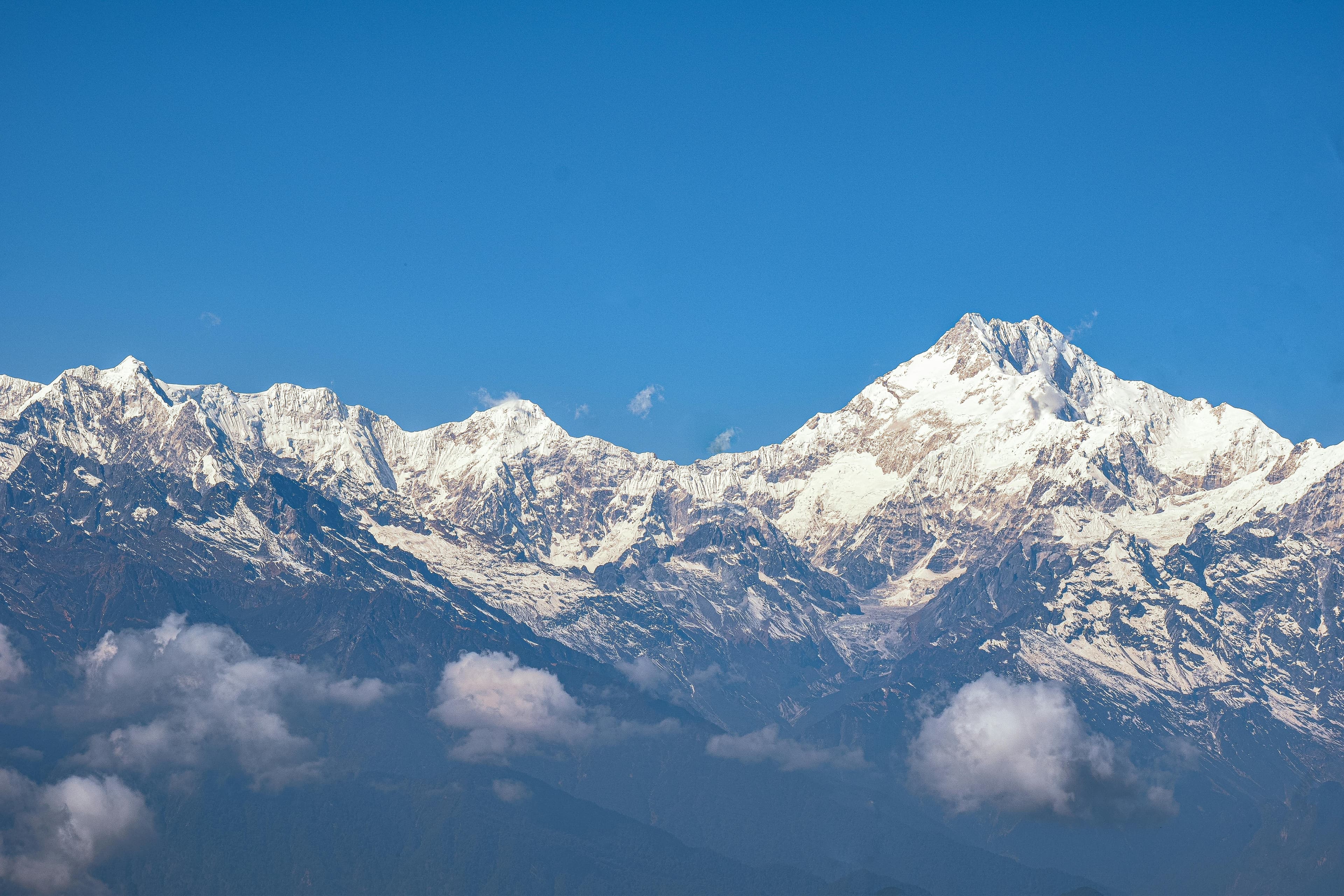
5. Mont Blanc (France/Italy)
Height: 4,808 meters (15,774 ft)
Fatalities: 6,000–8,000 (estimated)
Key Danger: Rockfalls, overcrowding
Europe’s highest peak is a “beginner’s mountain” turned death trap. The Goûter Corridor—dubbed the “Corridor of Death”—claims four lives yearly via rockfalls.
Rescue Challenges:
Peak Season: 300+ climbers daily create bottlenecks.
Cost of Rescue: €10,000+ bills deter unprepared hikers.
Historic Triumphs:
Jacques Balmat’s 1786 ascent in woolen clothes and leather boots.
The first winter ski descent in 1968 by Stefano De Benedetti.
For a safer Alpine experience, explore the Mont Blanc Trek.
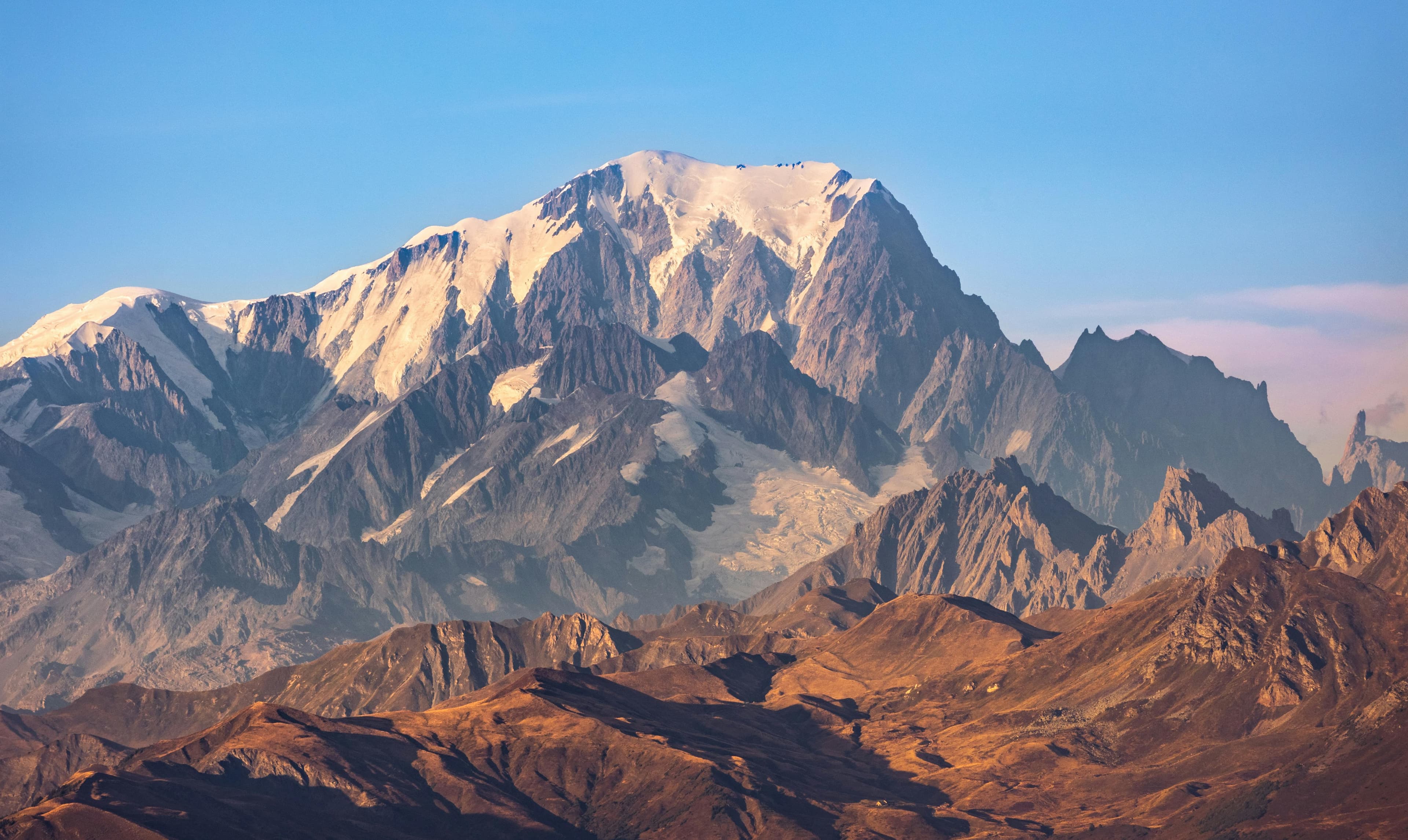
4. Eiger (Switzerland)
Height: 3,967 meters (13,015 ft)
Fatalities: 64+
Key Danger: Nordwand’s icy face, falling rocks
The Eiger’s Nordwand (North Face) is a 1,800-meter vertical labyrinth. The 1938 first ascent required:
Piton Hammers: To carve holds into ice.
Suicidal Courage: Climbers slept dangling from ropes.
Modern Tragedies:
A 2015 avalanche buried a team of four.
Climate change melts ice, exposing unstable rock.
Cinematic Fame:
The Eiger Sanction (1975) starring Clint Eastwood.
Documentaries highlighting the “Murder Wall’s” lore.
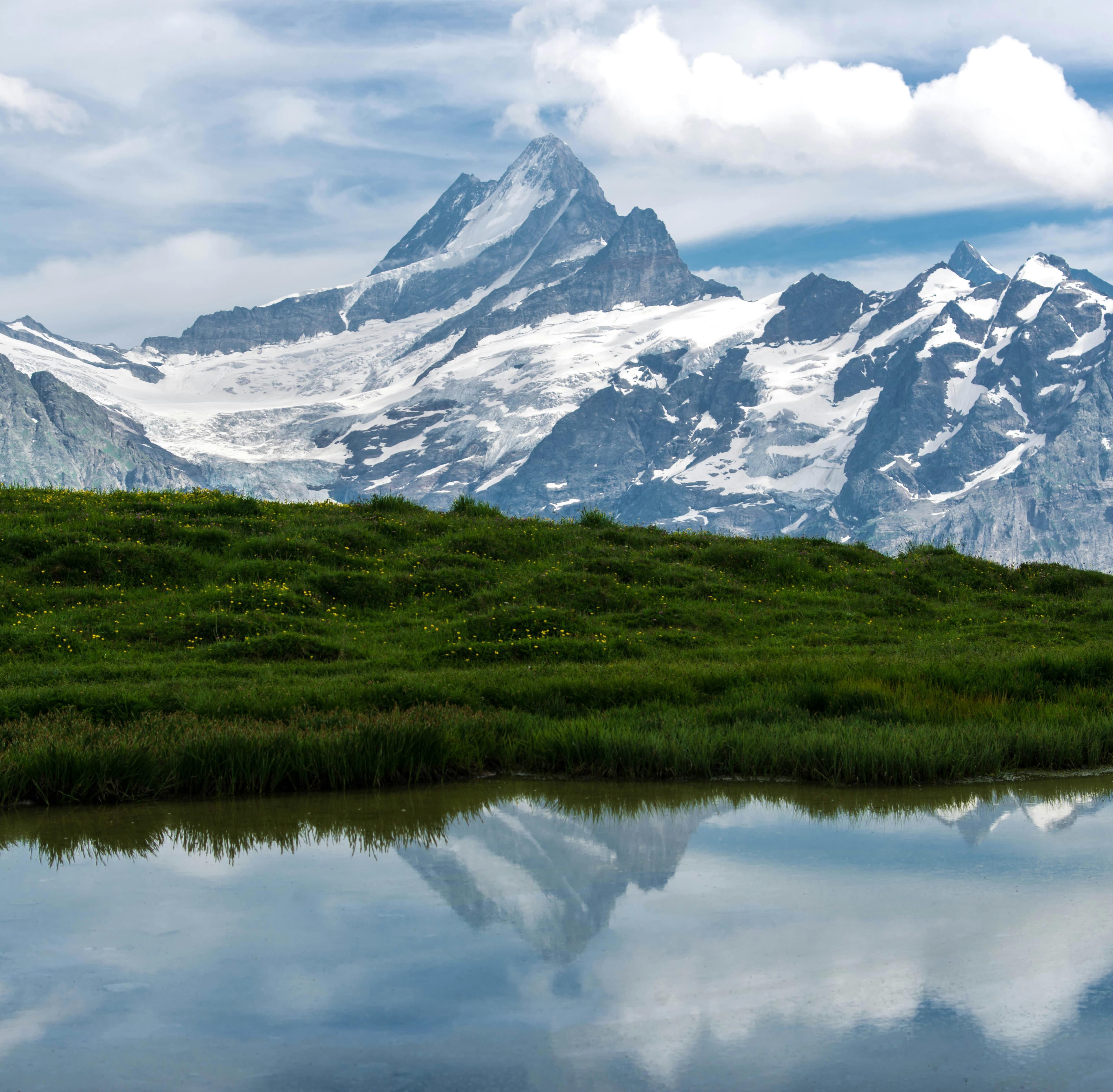
3. Nanga Parbat (Pakistan)
Height: 8,126 meters (26,660 ft)
Fatalities: 60+
Key Danger: Rupal Face, psychological strain
Nanga Parbat’s Rupal Face is the world’s tallest rock wall (4,600 meters). The 1934 Merkl Expedition tragedy saw 10 deaths, including leader Willy Merkl.
Survivor Stories:
Ang Tsering survived a week-long storm with no food.
Hermann Buhl’s 1953 solo ascent on Benzedrine tablets.
Modern Risks:
Terrorist Threats: Base camps attacked in 2013.
Summit Lies: False claims plague its history.
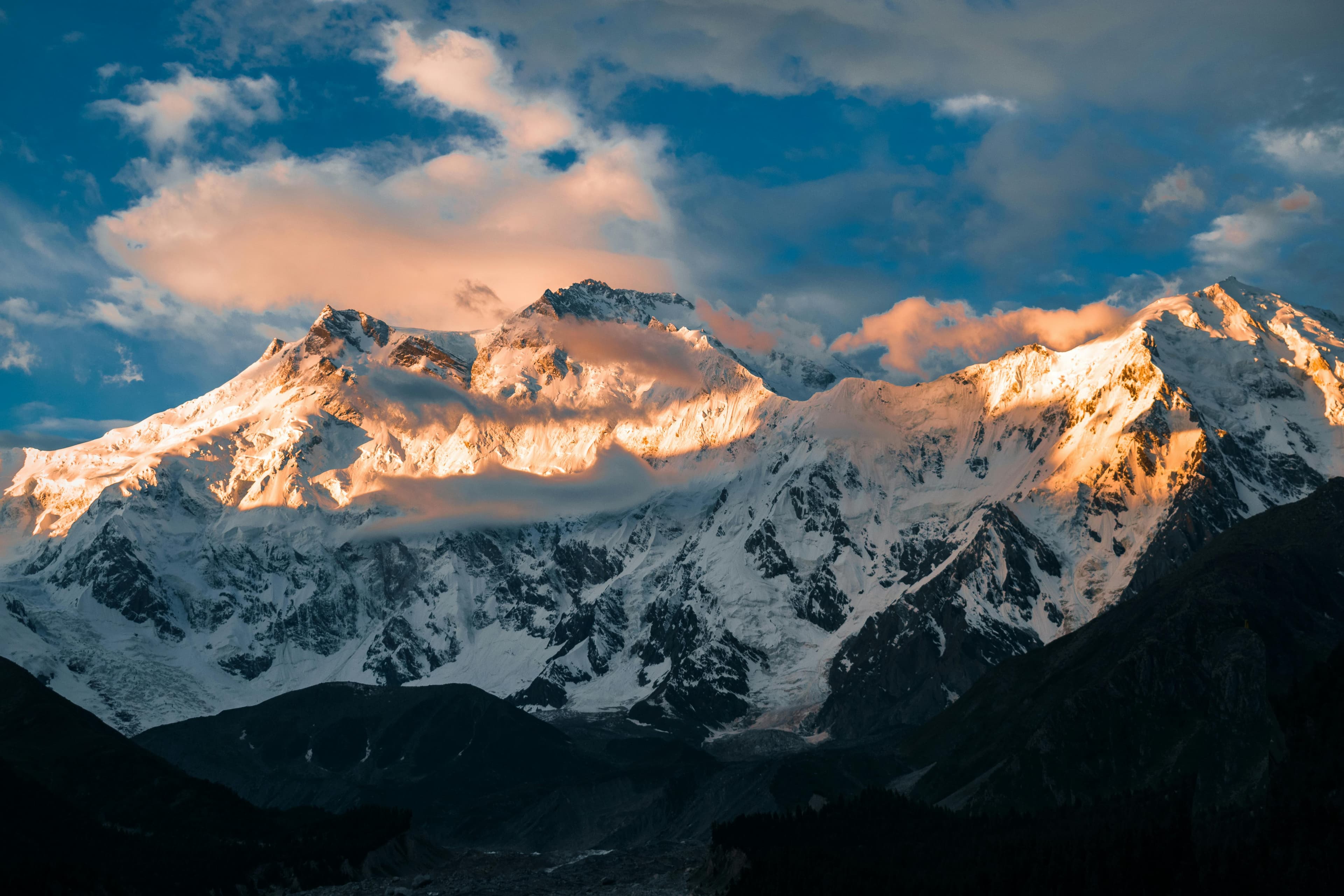
2. K2 (Pakistan/China)
Height: 8,611 meters (28,251 ft)
Fatalities: 90+
Key Danger: Bottleneck seracs, 25% mortality rate
K2’s reputation as the “Savage Mountain” is well-earned. The 2008 disaster claimed 11 lives in one day, attributed to:
Serac Collapse: Ice blocks crushed climbers at Camp IV.
Hypoxia: Impaired judgment led to fatal delays.
Climbing Milestones:
The first winter ascent in 2021 by Nepali climbers.
Gender Barriers: Only 19 women have summited vs. 6,000+ men.
For a closer look, join the K2 Base Camp Trek.
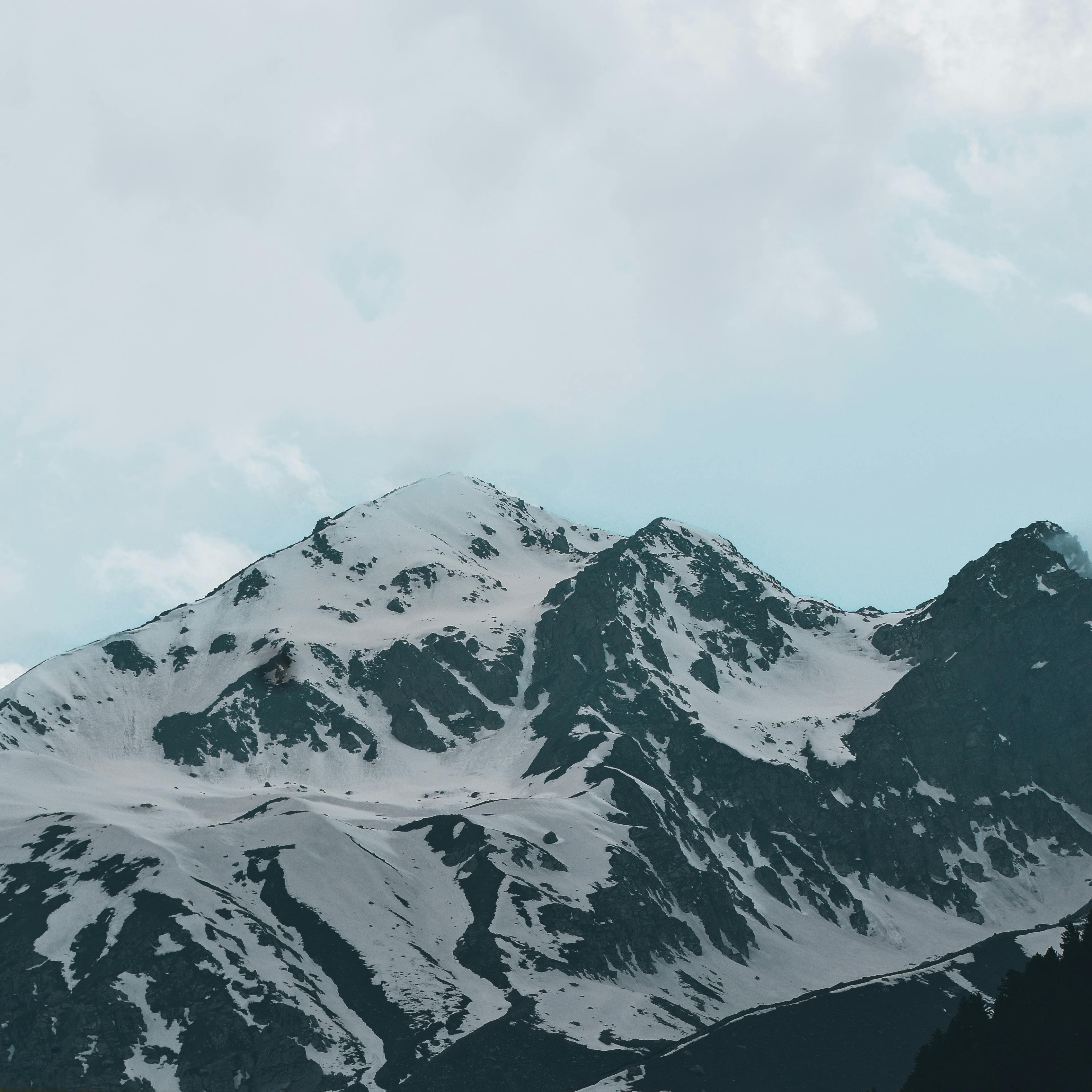
1. Annapurna (Nepal)
Height: 8,091 meters (26,545 ft)
Fatalities: 72+
Key Danger: Avalanches, 27.2% death rate
Annapurna’s 1950 first ascent marked the first 8,000-meter conquest. Yet, its slopes remain a frozen graveyard. The 2014 avalanche killed 43, the deadliest single event in mountaineering history.
Why Climbers Return:
Unfinished Business: Over 80% of attempts fail.
Spiritual Pull: Locals believe the mountain houses gods.
Alternatives: The Annapurna Circuit Trek offers Himalayan vistas without the risk.
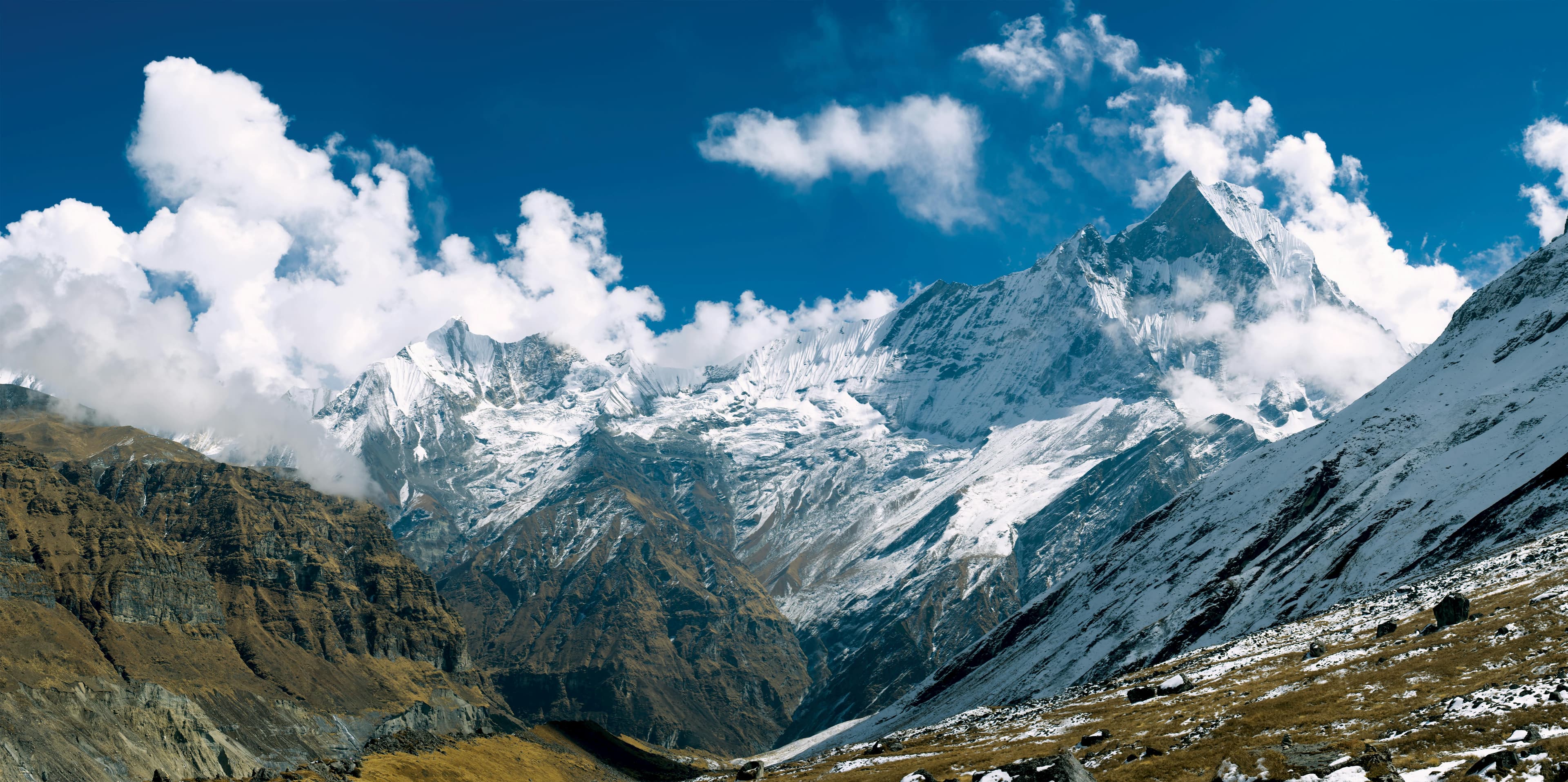
Conclusion: The Thin Line Between Ambition and Hubris
Climbing these mountains is a dance with death, where preparation meets luck. Advances in gear and weather forecasting have reduced risks, but human ambition often overrides caution. As Reinhold Messner once said, “The mountain decides whether you climb it or not.”
For every summiteer, there are countless untold stories of those who turned back—or didn’t return. Whether you’re a seasoned climber or armchair adventurer, respect these giants. The mountains will always be there; the challenge is ensuring you are too.
